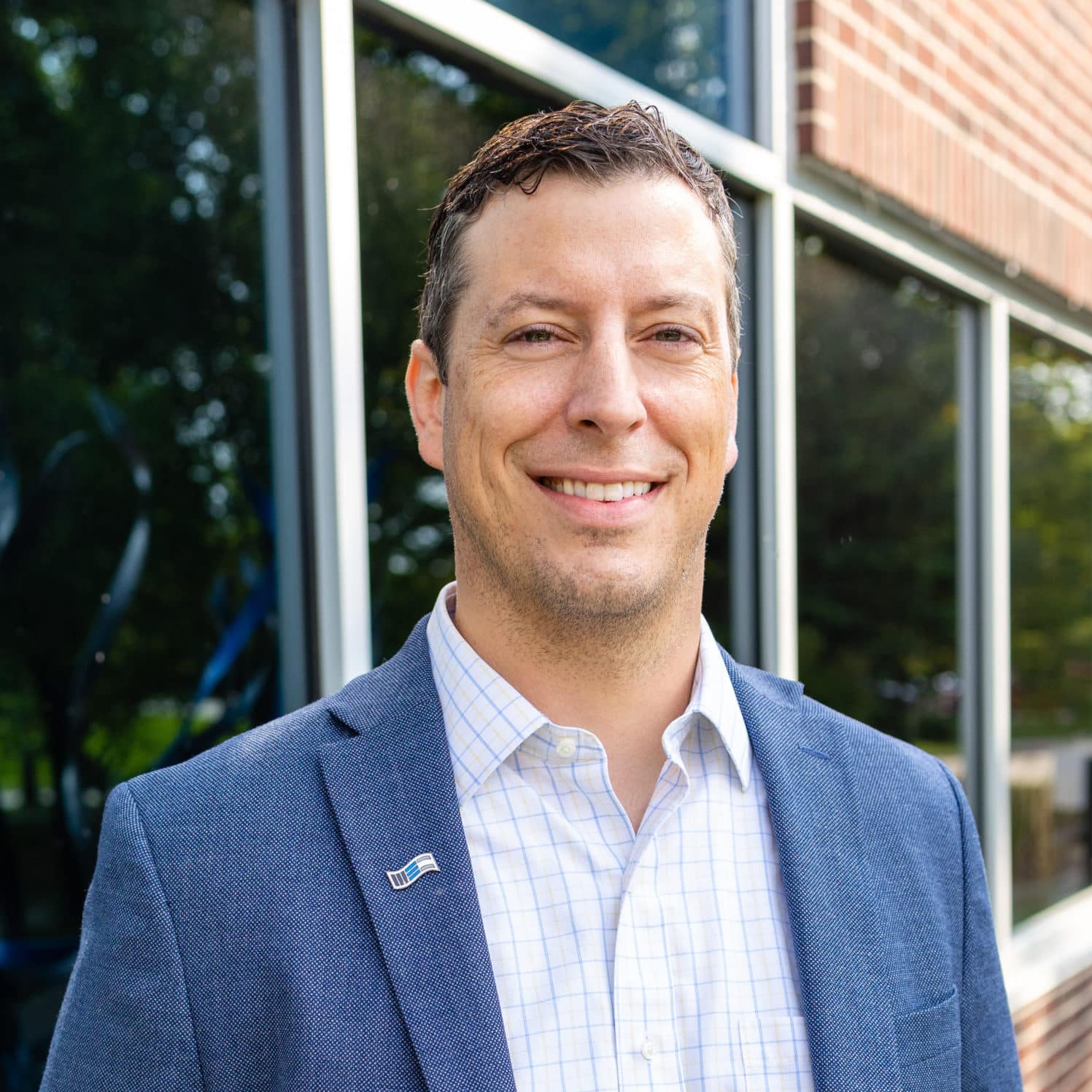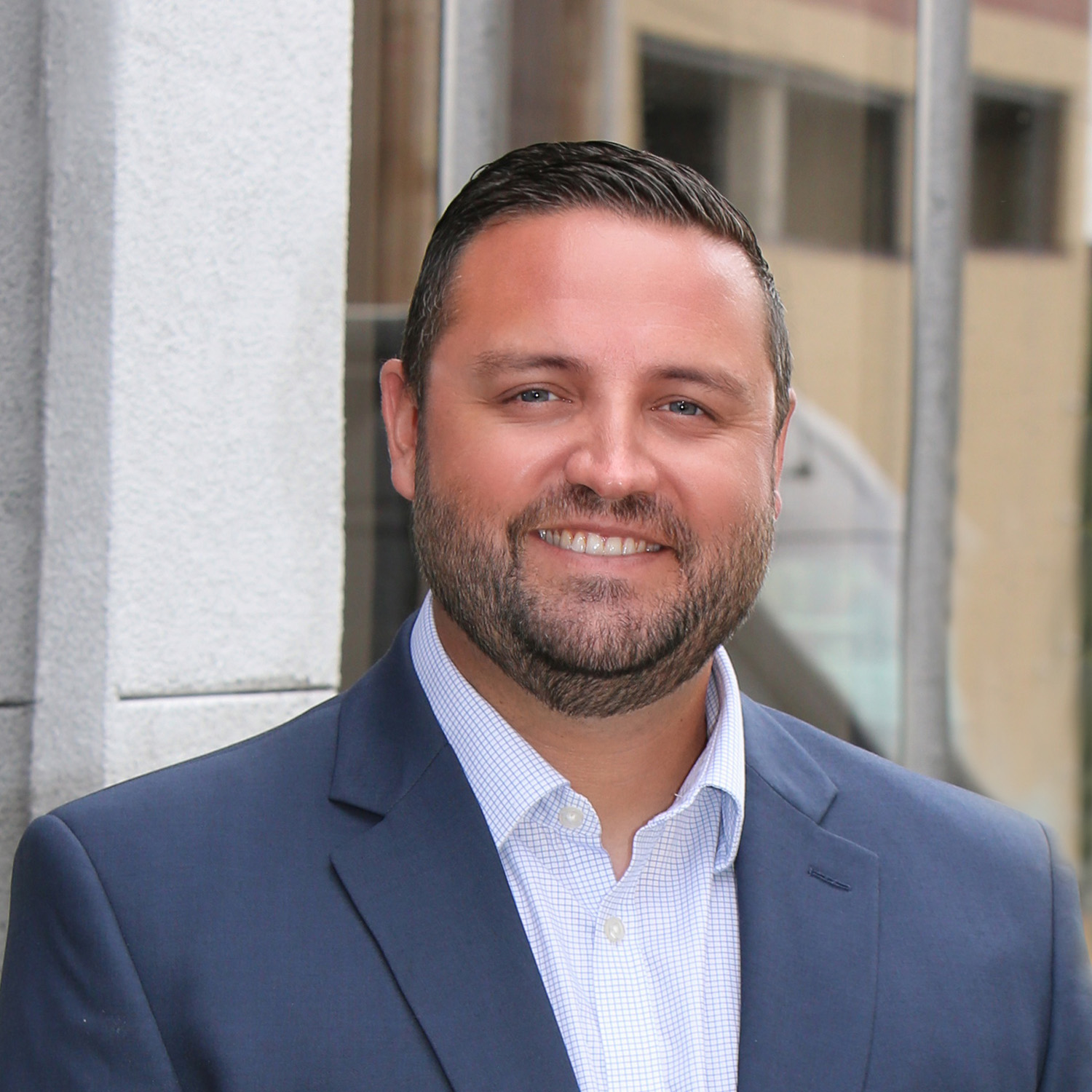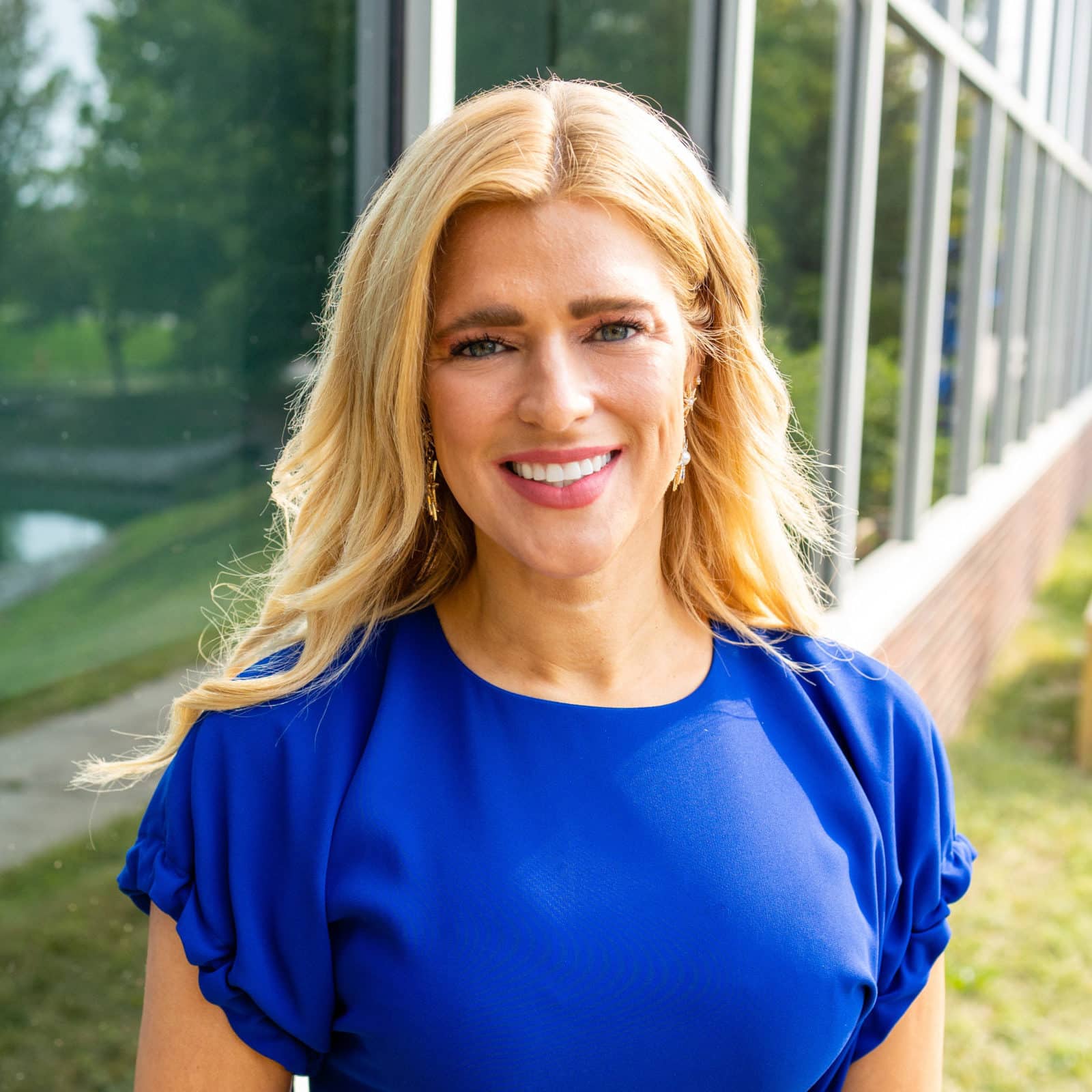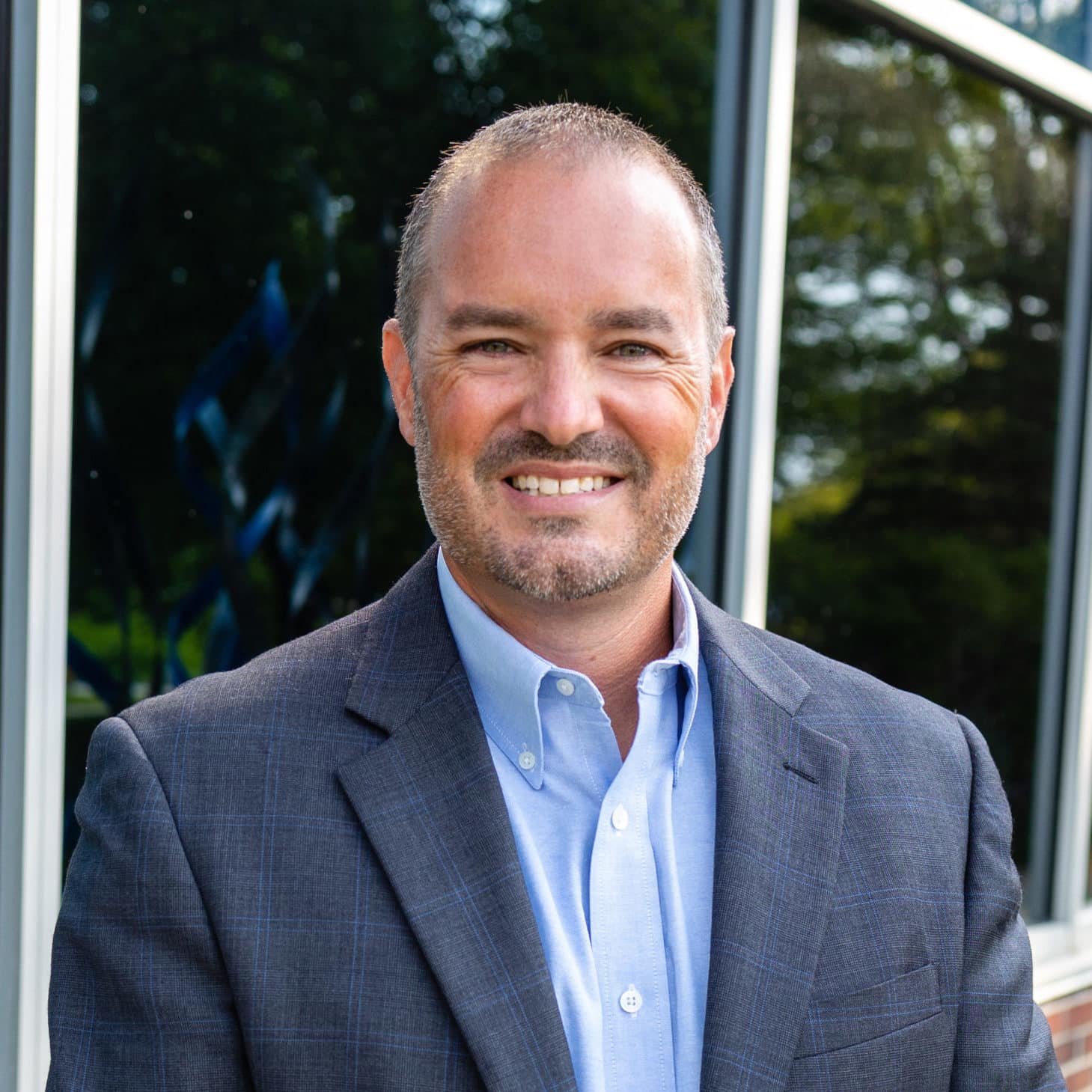Engaging the Public with Parks, Recreation, and Trails
Creating Vibrant, Accessible Public Spaces with McClure
The public spaces consisting of parks and trails are much more than just a way to add natural beauty to the urban landscape-they provide an array of benefits for residents and visitors alike. Professional urban design is key in developing successful parks and trails projects, as it can properly account for the community’s needs and wants, as well as its natural environment. With thoughtful planning, these spaces can become vital elements of a livable city, helping bring people together and creating a vibrant atmosphere.
McClure utilizes our expertise with landscape architecture and urban design to create beautiful, multipurpose public spaces. Through our experience managing these complex projects, we can balance recreational opportunities with economic feasibility.
Parks Offer Recreation, Civic Engagement, and Environmental Conservation
While many people may think of parks and trails as a way to walk their dog or have a picnic, that’s only scratching the surface of these public spaces’ true value. Along with recreation, they can provide culture, education, and even a sense of community. With proper design and maintenance, they can even become extensions of a neighborhood’s core identity. For example, consider how Central Park is synonymous with New York City.
Some key benefits of public parks and trails include:
Access to open green spaces: Public parks and trails provide access to open green spaces for people to enjoy nature, relax, and engage in various recreational activities.
Promotes healthy physical and mental health: Parks and trails provide opportunities for people to
engage in physical activity such as running or biking, as well places to relax and unwind from the
stressors of day-to-day life.
Social and community engagement: Parks and trails are often used for community events such as
festivals, concerts, and farmers’ markets, providing opportunities for people to come together and build a sense of community.
Environmental conservation: Parks and trails can be used to protect and conserve natural resources, such as wetlands, forests, and wildlife habitats.
Economic development: Parks and trails can boost local economies by attracting tourism, businesses, and development.
Educational opportunities: Parks and trails can be used as outdoor classrooms for environmental education, history, and cultural learning.
The Challenge of Public Engagement
Obtaining public input and opinion is a unique challenge in the design and planning of spaces like parks and trails, often because different groups within a community have different ideas and preferences about what parks and trails should provide. It can be difficult to reconcile these different perspectives. For example, some members of the community may prioritize accessibility and safety while others consider the purpose of parks to primarily concern preserving natural resources.
The discussion is made more complex when making sure public spaces are accessible to everyone, including children, elderly, and those with disabilities. The professionals responsible for designing and building parks and trails must also consider how to balance the needs of different stakeholders, such as private property owners and government agencies. They themselves may have different perspectives on how a park or trail should be designed and used. Furthermore, they may need to impose limits on available funding or potential amenities.
While a complex process, it is vital to reach out to all members of the community when possible in order to balance competing interests and priorities.
Engaging the Public with Parks, Recreation, and Trails
Creating Vibrant, Accessible Public Spaces with McClure
The public spaces consisting of parks and trails are much more than just a way to add natural beauty to the urban landscape-they provide an array of benefits for residents and visitors alike. Professional urban design is key in developing successful parks and trails projects, as it can properly account for the community’s needs and wants, as well as its natural environment. With thoughtful planning, these spaces can become vital elements of a livable city, helping bring people together and creating a vibrant atmosphere.
McClure utilizes our expertise with landscape architecture and urban design to create beautiful, multipurpose public spaces. Through our experience managing these complex projects, we can balance recreational opportunities with economic feasibility.
Parks Offer Recreation, Civic Engagement, and Environmental Conservation
While many people may think of parks and trails as a way to walk their dog or have a picnic, that’s only scratching the surface of these public spaces’ true value. Along with recreation, they can provide culture, education, and even a sense of community. With proper design and maintenance, they can even become extensions of a neighborhood’s core identity. For example, consider how Central Park is synonymous with New York City.
Some key benefits of public parks and trails include:
Access to open green spaces: Public parks and trails provide access to open green spaces for people to enjoy nature, relax, and engage in various recreational activities.
Promotes healthy physical and mental health: Parks and trails provide opportunities for people to
engage in physical activity such as running or biking, as well places to relax and unwind from the
stressors of day-to-day life.
Social and community engagement: Parks and trails are often used for community events such as
festivals, concerts, and farmers’ markets, providing opportunities for people to come together and build a sense of community.
Environmental conservation: Parks and trails can be used to protect and conserve natural resources, such as wetlands, forests, and wildlife habitats.
Economic development: Parks and trails can boost local economies by attracting tourism, businesses, and development.
Educational opportunities: Parks and trails can be used as outdoor classrooms for environmental education, history, and cultural learning.
The Challenge of Public Engagement
Obtaining public input and opinion is a unique challenge in the design and planning of spaces like parks and trails, often because different groups within a community have different ideas and preferences about what parks and trails should provide. It can be difficult to reconcile these different perspectives. For example, some members of the community may prioritize accessibility and safety while others consider the purpose of parks to primarily concern preserving natural resources.
The discussion is made more complex when making sure public spaces are accessible to everyone, including children, elderly, and those with disabilities. The professionals responsible for designing and building parks and trails must also consider how to balance the needs of different stakeholders, such as private property owners and government agencies. They themselves may have different perspectives on how a park or trail should be designed and used. Furthermore, they may need to impose limits on available funding or potential amenities.
While a complex process, it is vital to reach out to all members of the community when possible in order to balance competing interests and priorities.
Where We Make An Impact
With a deep, professional understanding of what benefits the public, McClure helps create parks and trails that inspire and engage.
WHERE WE MAKE AN IMPACT
With a deep, professional understanding of what benefits the public, McClure helps create parks and trails that inspire and engage.

















